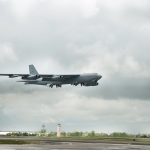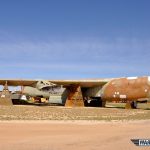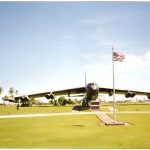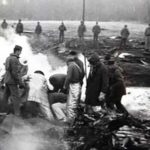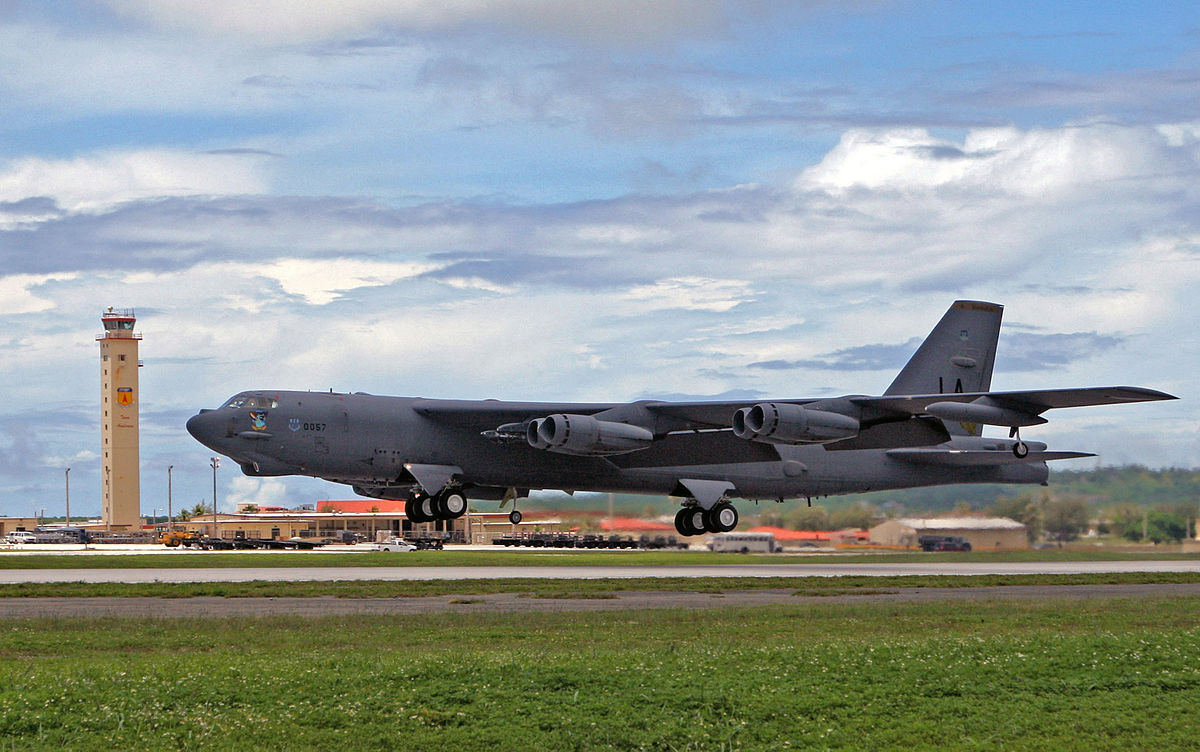
While it is not normally the remit of WarbirdsNews to report on current military matters, we felt our readers might be interested in this recent modification to the Boeing B-52 Stratofortress. Considering that the B-52 has been flying since 1952, and the youngest airframes in the fleet are more than 50 years old, it isn’t too much of a stretch to consider the type a ‘virtual’ warbird. More than seventy examples still serve in the current US Air Force, and whether apocryphal or not, it isn’t too hard to believe that some aircraft have been flown by three generations of the same family. The type is expected to remain in service for another two to three decades!
Here is a report on recent modifications to the B-52’s 70,000lb capacity bomb bays which is set to greatly improve the aircraft’s versatility for the modern era…
Upgrade increases B-52 weapons capacity and flexibility; first prototype successfully installed
Boeing and U.S. Air Force personnel successfully installed the first prototype of a new B-52 bomber weapons bay launcher. The change improves the aircraft’s weapons capacity and mission flexibility. The upgrade modifies an existing common strategic rotary launcher into a conventional rotary launcher, enabling the B-52 to carry GPS-guided or “smart” weapons in the weapons bay. The bomber has been able to carry smart weapons on its wing pylons for years but adding this capability in the bay increases the quantity and variety of B-52 smart weapons carriage. The change is important because, by creating the option to fly the aircraft with no visible weapons on its wings, it offers crew members greater mission flexibility to adapt to changing conditions on the ground.
“This upgrade allows us to provide better close air support for Army personnel on the ground and future increments improve our strategic attack capability, a cornerstone of the B-52. Being able to go and perform long-range strikes on night one of an operation and carrying an additional eight cruise missiles in the bay is huge,” said Capt. Ryan Hefron, B-52 pilot with the U.S. Air Force 419th Flight Test Squadron. Flying without visible weapons on the wings, known as “clean wing,” provides tactical advantages as well as fuel savings by reducing wind resistance. “We estimate fuel savings to be 15 percent when the B-52 flies without wing mounted weapons. Clean wing also means that adversaries don’t know what weapons the B-52 is carrying,” said Mike Houk, Boeing’s B-52 sustainment program manager. Boeing engineers have created three prototypes for the new launcher, the first of which was successfully uploaded into a B-52 bomber on Dec. 17, 2014 and is now being tested. Close cooperation between Boeing and the U.S. Air Force allowed all three prototypes to be delivered ahead-of-schedule.
Military crews will continue field testing the new launcher prototypes at Edwards Air Force Base, Calif. until March, when flight tests commence. This first increment for the weapons bay upgrade adds capacity to carry Joint Direct Attack Munitions while future increments add Joint Air to Surface Stand Off Missile and Miniature Air Launched Decoy capabilities, and increases the weapons capacity for the B-52 by more than 50 percent.A unit of The Boeing Company, Boeing Defense, Space & Security is one of the world’s largest defense, space and security businesses specializing in innovative and capabilities-driven customer solutions, and the world’s largest and most versatile manufacturer of military aircraft. Headquartered in St. Louis, Boeing Defense, Space & Security is a $33 billion business with 56,000 employees worldwide. Follow us on Twitter: @BoeingDefense.








